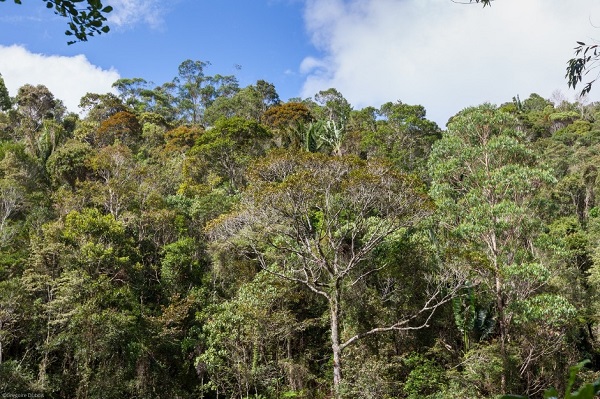Geneva, (Samajweekly) The listings of plant species in CITES Appendices have been steadily increasing in recent years, and in particular those of tree species, including commercially important tree species.
Today, the number of plant species whose international trade is regulated by CITES is more than 34,000, of which 800 are tree species.
Mindful of this, the CITES Plants Committee, at its upcoming 26th meeting from June 5-9 in Geneva, will reflect on a strategic approach on CITES and Forests, aimed at strengthening partnerships with relevant organisations, mobilising resources for the timely implementation of mandates relevant to forest species, and developing new flagship initiatives devoted to improving the sustainability and legality and traceability of the international trade of tree species.
The Plants Committee will contribute its technical and scientific expertise in preparation for the implementation upcoming projects which cover a diverse array of topics: from identification of timber in trade, artificial propagation of CITES-listed plant species, sustainability findings of rosewoods and tuberous orchids, traceability of musical instruments, and taxonomic lists of forest species in CITES.
Experts will also exchange information and experiences on matters relating to trade in aromatic or medicinal plants, Agarwood, Frankincense, and new linkages to the CITES Tree Species Programme for CITES-listed tree Neotropical tree species and African tree species.
This Plants Committee meeting will carry out the first step of the Review of Significant Trade (RST). The purpose of this review is to identify problems and solutions concerning CITES-listed plant species that may be subject to unsustainable levels of international trade.
Plant species to be reviewed include inter alia: African cherry and West African rosewood (Pterocarpus erinaceus). Avenues to ensure that any future trade of these species is legal and sustainable will be explored.
This will be the first in-person CITES Plants Committee meeting since before the start of the Covid-19 pandemic, as well as the first technical and scientific meeting since the 19th Conference of the Parties (CoP19) in Panama in November 2022.
To date, 60 governments and 31 observer organisations have registered for the week-long meeting. A total of about 250 experts are expected to take part in the discussions.
CITES Secretary-General Ivonne Higuero said: “The collective success of the Convention to secure the survival of wildlife species is grounded in the scientific guidance exchanged and effective partnerships forged at intersessional meetings such as this 26th Meeting of the Plants Committee. This meeting will be not only an opportunity for Parties and observers to reconvene in person and respond to the 41 directives from the last CoP in Panama, but also an opportunity for this important scientific and technical expert body within the global wildlife conservation and trade community to consider important areas for effective and strategic cooperation towards plant species conservation in the context of the historic biodiversity achievements of 2022.”
At both the Animals and Plants Committee meetings being held this year in June, members and observers will review emerging operational matters of the committees, alignment between the CITES Strategic Vision 2021-2030 and the Kunming-Montreal Global Biodiversity Framework, sustainability criteria, known as non-detriment findings (NDF), and the scientific aspects of the IPBES report on the Assessment of the Sustainable Use of Wild Species.
The CITES Plants Committee was established at the sixth Conference of the Parties (CoP6) in Ottawa in 1987. In its advisory role, it is tasked to provide technical and scientific advice to the Parties, the standing committee and the extended CITES community, in support of the convention’s contributions to the long-term conservation and sustainable use of plant species.










